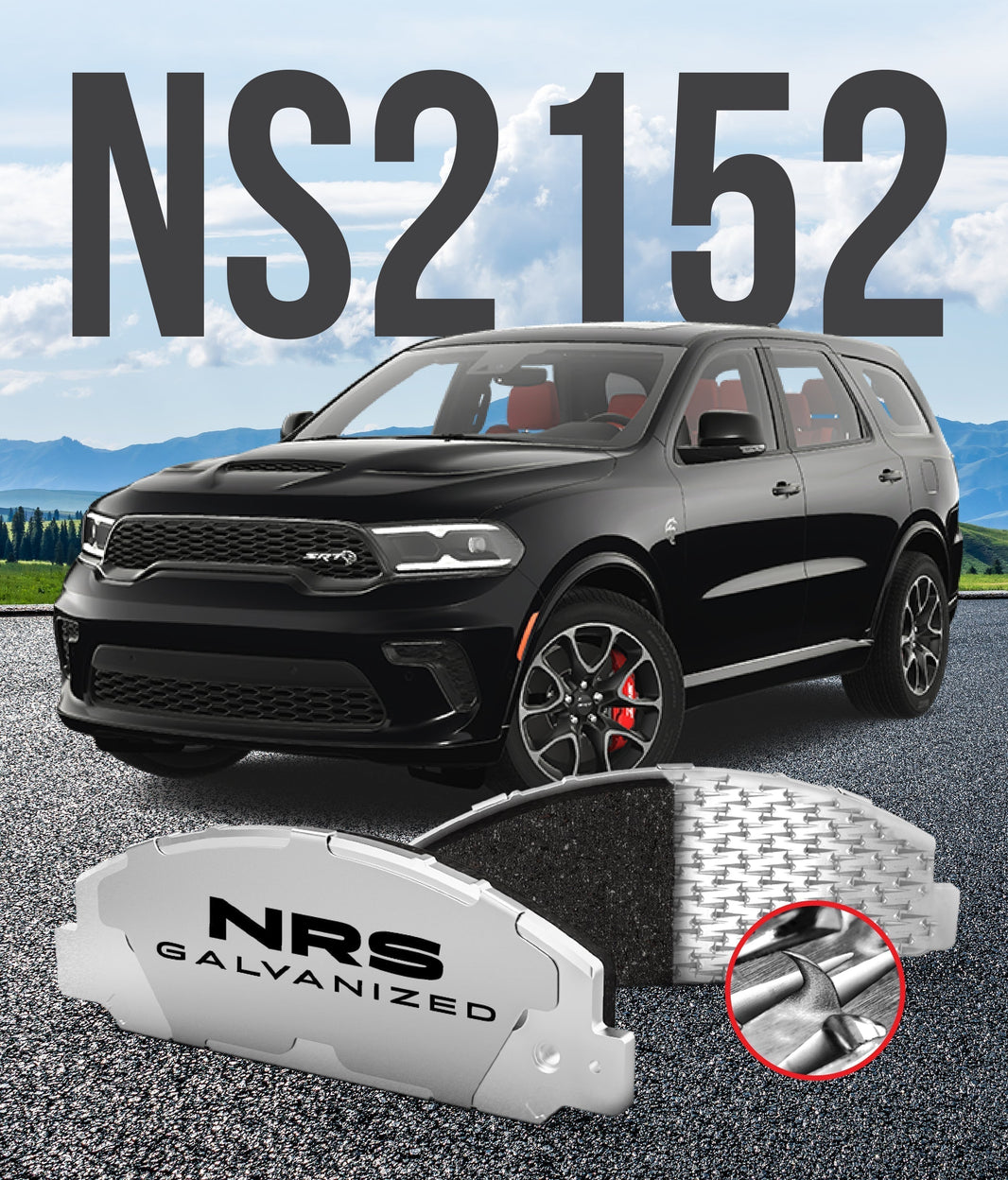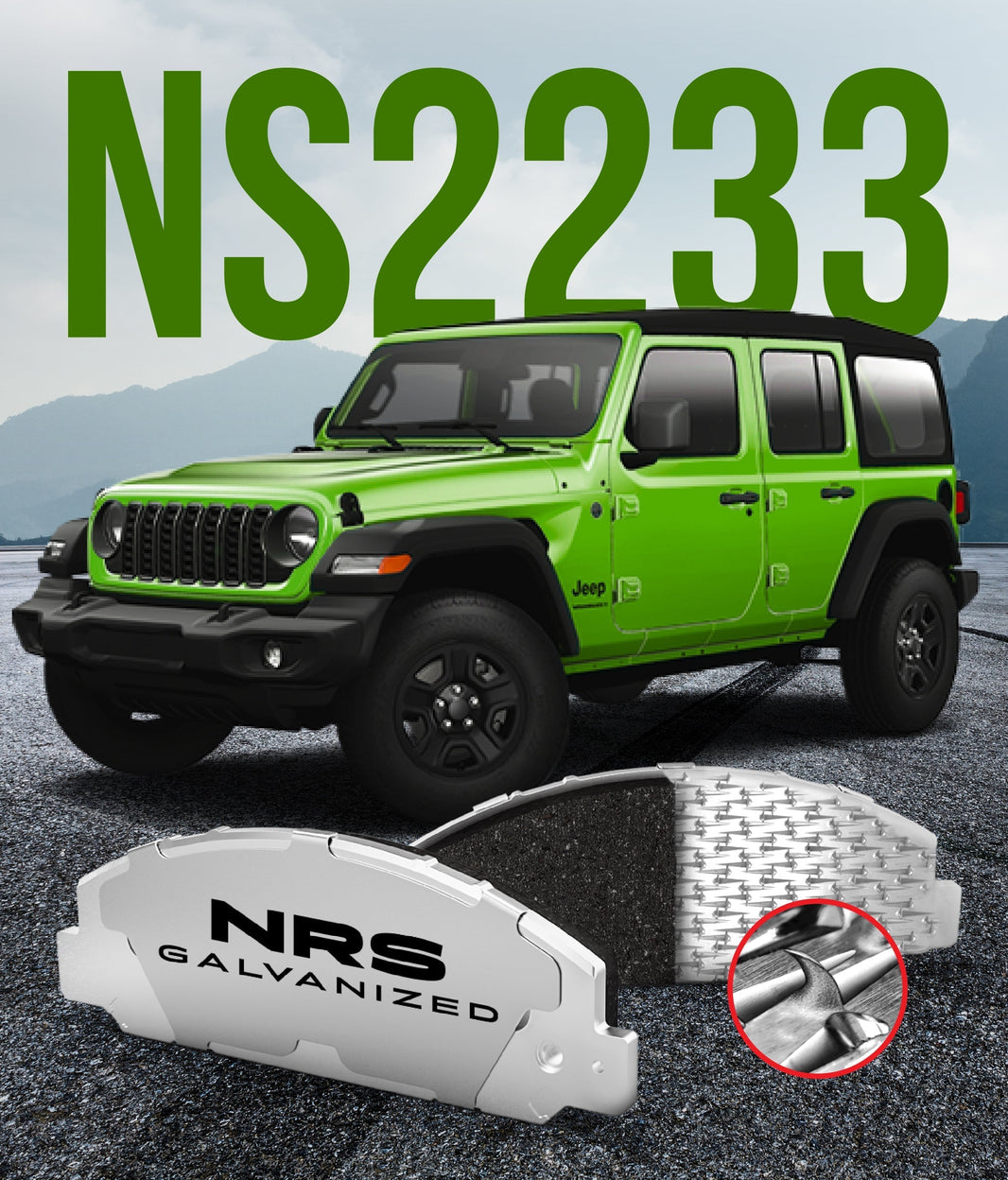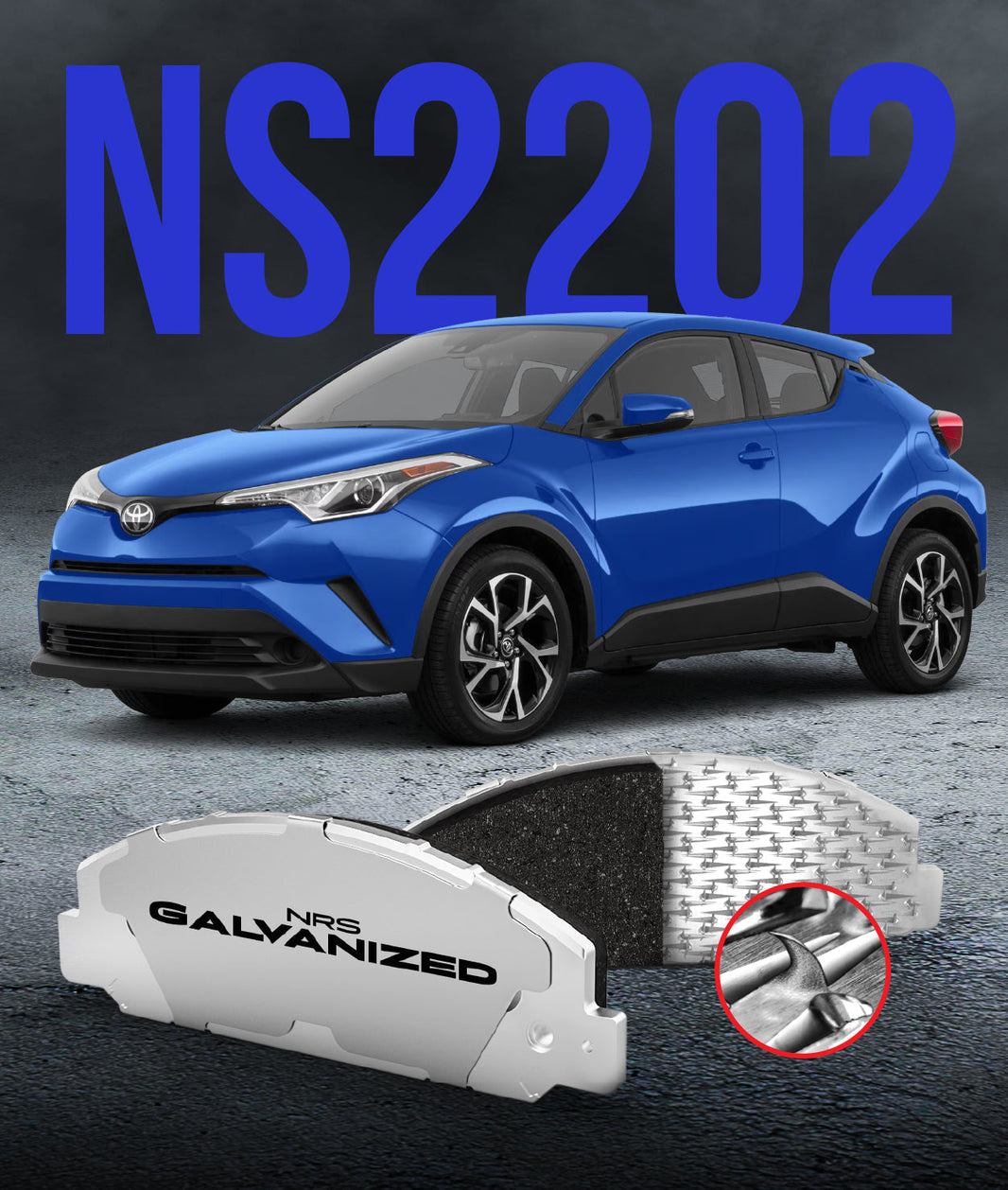
You are driving down the road and approach a stoplight. As you press the brake pedal, you feel the steering wheel tug sharply to the left or right. Your car is trying to change lanes on its own, a sudden and unnerving experience that correctly tells you something is wrong.
This dangerous behavior is the classic sign of a brake system imbalance. It is a clear indication that the braking forces on one side of your vehicle are not equal to the forces on the other. Ignoring this problem is not an option, as it represents a serious safety concern that will only get worse over time.
Understanding the Problem: What Is a Brake System Imbalance?
A brake system imbalance occurs when the brakes on one wheel are doing more or less work than their counterpart on the other side of the same axle. Your car is designed for the left and right brakes to apply force almost identically. This ensures your vehicle slows down in a stable, straight line.
Think of it like paddling a canoe. If you paddle with equal force on both the left and right sides, the canoe tracks straight ahead. If you suddenly dig in with the right paddle only, the canoe will pivot sharply to the right; a brake system imbalance works the same way.
The Initial Check: Ruling Out the Simple Stuff
Before you start disassembling your brakes, it is wise to rule out a few simpler issues that can cause a pull. Sometimes, the problem is not with the brakes at all, but with your tires or suspension. Checking these first can save you a lot of time and effort.
The most common non-brake cause of a pull is tire pressure. A significantly underinflated tire on one side will create more drag, causing the car to pull in that direction. Also, give your front end a quick check for worn suspension components, as a bad ball joint or tie rod end can also lead to instability under braking.
The Mechanical Culprits: Common Causes of Imbalance
If your tire pressures and suspension seem fine, the issue almost certainly lies within the braking system itself. A brake system imbalance is almost always a one-sided problem. The fault will be with a component on the corner of the car that is either braking too hard or not hard enough.
These issues are typically mechanical and can often be fixed with basic tools and a careful approach. Below are the most frequent causes, from the most common to the less obvious.
The Sticking Caliper
A sticking or binding brake caliper is the number one cause of a brake pull. The caliper is the hydraulic clamp that squeezes the brake pads, and if it cannot move freely, it cannot apply or release pressure correctly. This is the first place you should look when diagnosing the problem.
There are two primary ways a caliper can stick. The first is through binding slide pins, which prevent the caliper body from moving. The second, and often more serious, is a seized piston that is stuck in its bore, keeping one pad in constant contact with the rotor.
A Contaminated Brake Pad
Your brake pads rely on clean, consistent friction to work properly. If the friction material on one pad becomes contaminated with a substance like grease, oil, or brake fluid, its effectiveness is severely compromised. This creates an immediate and significant imbalance.
The contaminated pad will simply slip over the rotor surface with very little grip. This forces the brake on the opposite side of the car to do all the work, causing the vehicle to pull hard toward the good side. Look for dark, slick spots on the pad surface or a wet appearance on the caliper as signs of a fluid leak.
A Collapsed or Restricted Brake Hose
The flexible rubber hoses that carry brake fluid to your calipers are robust, but they do not last forever. With age, they can begin to deteriorate from the inside out. A small flap of rubber can come loose internally and act as a one-way check valve.
This allows pressurized brake fluid to flow to the caliper when you press the pedal, but it prevents the fluid from returning when you let go. The result is a brake that stays applied, causing a constant drag and a pull. The vehicle will often pull toward the damaged side, which will also be noticeably hotter after a drive.
Mismatched Brake Pads
This is a less frequent cause, but it can happen after a previous brake job. It is critical that the brake pads on the left and right sides of an axle are the same type and from the same manufacturer. Using different types of brake pads will create an imbalance.
Different pad compounds have different friction coefficients, meaning they bite at different rates and with different amounts of force. This inherent mismatch in performance will cause a consistent pull every time you apply the brakes. Always replace brake pads as a complete axle set.
A Step-by-Step Diagnostic Guide
Diagnosing a brake pull can be done systematically. By following a logical process, you can efficiently pinpoint the source of the problem. This will help you avoid replacing parts unnecessarily.
This guide moves from the simplest checks to the more involved, hands-on inspections.
-
Check Tire Pressures: Before you do anything else, use a quality gauge to ensure all your tires are inflated to the correct pressure listed on your driver's side doorjamb sticker.
-
Perform a Visual Inspection: Look closely at the wheels and behind them at the brake calipers. Check for any obvious signs of fluid leaks, such as wetness on the caliper, hose, or the inside of the wheel.
-
Feel the Wheels for Heat: After a short drive with minimal braking, carefully approach each wheel and feel its temperature. A wheel that is significantly hotter than the others is a very strong clue that its brake is dragging.
-
Raise and Spin the Wheels: With the car safely supported on jack stands and in neutral, try to spin the wheels on the affected axle by hand. They should spin with only a slight drag. A wheel that is difficult or impossible to turn freely has a seized brake component.
-
Inspect the Brake Hardware: This is the final step. Remove the wheels and disassemble the brakes to Inspect the Brake Hardware. Check for seized binding slide pins and a sticky piston, and look for contamination on the pads and rotor.
Beyond the Mechanicals: Hydraulic and ABS Issues
While most pulls are caused by the mechanical issues listed above, there are rare cases where the problem is more complex. These issues originate deeper within the hydraulic system. They are often much more difficult to diagnose without professional equipment.
These problems are less common but are worth knowing about.
-
Proportioning Valve: On older vehicles without ABS, a faulty proportioning valve could send incorrect pressure to the front or rear brakes, though this typically does not cause a side-to-side pull.
-
Master Cylinder: A master cylinder can fail internally, causing a loss of pressure in one of its two hydraulic circuits. This usually affects two wheels (e.g., front left and rear right) and results in a severe loss of braking, not just a pull.
-
ABS Module: In modern cars, the ABS hydraulic control unit contains a complex series of valves. A stuck valve could theoretically cause a pressure imbalance, but this is a rare failure that would almost certainly be accompanied by a warning light on your dash.
Conclusion: A Sign You Should Not Ignore
A car that pulls to one side under braking is more than just an annoyance; it is a clear signal of a brake system imbalance. This is a serious safety concern that requires your immediate attention. In most cases, the culprit is a simple mechanical failure on one wheel, such as a sticking caliper.
By following a logical diagnostic process, you can effectively find and fix the root cause of the problem. At our company, we design the Best Brake Pads to provide perfectly balanced and reliable performance, but they can only do their job if the entire system is functioning correctly. A safe stop is a straight stop, and it is your job to make sure your car is up to the task.
Have you ever had to diagnose a brake pull on your vehicle, and what turned out to be the cause?




